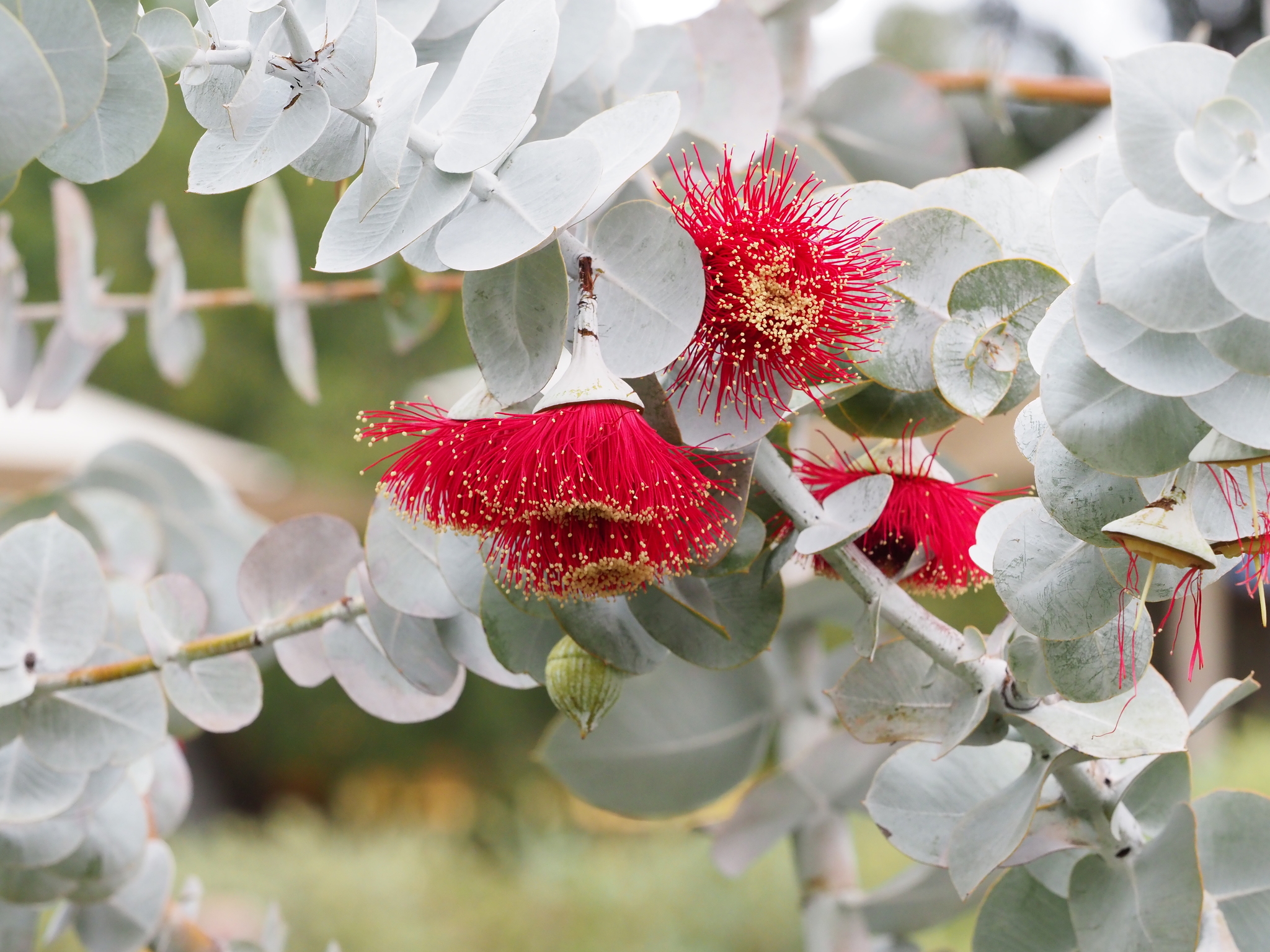Assessments for the Third largest Tree Genus in the World Completed
-
Country
Australia -
Region
Global -
Topic
Conservation Prioritisation -
Type
News -
Source
BGCI
Assessments for all Australian eucalypts (Eucalytpus, Corymbia and Angophora) have been published on the IUCN Red List of Threatened Species. This marks the completion of assessments for the third largest tree genus in the world, an astounding 822 species. This work was done in collaboration with The National Environmental Science Program (NESP) Threatened Species Recovery Hub, The Australian Government and Botanic Gardens Australia and New Zealand and the results have been published in the journal, Biological Conservation.
Eucalypts define the landscape of the entire Australian continent and are culturally significant to its First Nations People. They occupy almost every habitat type in Australia and are often key stone species, supporting a huge wealth of diversity. However, 23% of eucalypt trees (193 species) have been identified as threatened.
The majority of these assessments (134) were completed using criterion A2 (of the IUCN Red List Categories and Criteria), representing trees threatened by past and irreversible population decline of >30%. These assessments used innovative methods to see how the Australian landscape has changed over the last 210 years, following European colonisation. This emphasises the importance of historical decline and deforestation as threatening processes for species perceived to be widespread and abundant. Often these species can be overlooked in terms of conservation policy and prioritisation, as has occurred for the eucalypts of Australia, in favour of ‘rare’ species or those with small geographic ranges. Using this systematic assessment of Australian eucalypts an additional 147 species were identified to need listing under Australian environmental law, which currently only lists 89 species of eucalypt. Of the already protected species, 32 were recommended to be downgraded to Near Threatened or Least Concern based on the analysis.
The major cause of decline in eucalypt population size was the conversion of habitat to crops and pastures, making the most threatened sites of eucalypts where there is arable land. One site of urgent conservation action is Western Australia where 54% of all threatened eucalypt can be found. This is due to the convergence of a high diversity of species with intensive agricultural land use. An additional priority site would be the ‘wheat cropping’ region of the Wimmera district, straddling the Victoria-South Australia border. Comparatively no species were identified as threatened in northern Australia, where despite high species diversity there is less exposure to threats. The analysis also identified that wood harvesting was not a major threat to the group nor was too-frequent fires, due to the adaption of eucalypts to post-fire recovery.
An additional 22 species were considered threatened due to narrow geographic range (Criterion B) and 53 were assessed as threatened based on small population size (Criterion C and D). Of the 193 species that are threatened, 16 are assessed as Critically Endangered, 58 species are assessed as Endangered and 119 species considered Vulnerable. Data Deficient was assigned to 36 species due taxonomic and geographic uncertainty. The remaining species were assessed as Least Concern, including all species of Corymbia and Angophora, which are often widespread, occurring in unproductive landscapes.

Become a Member
Be part of the largest network of botanic gardens and plant conservation experts in the world by joining BGCI today!
Support BGCI
You can support our plant conservation efforts by sponsoring membership for small botanic gardens, contributing to the Global Botanic Garden Fund, and more!